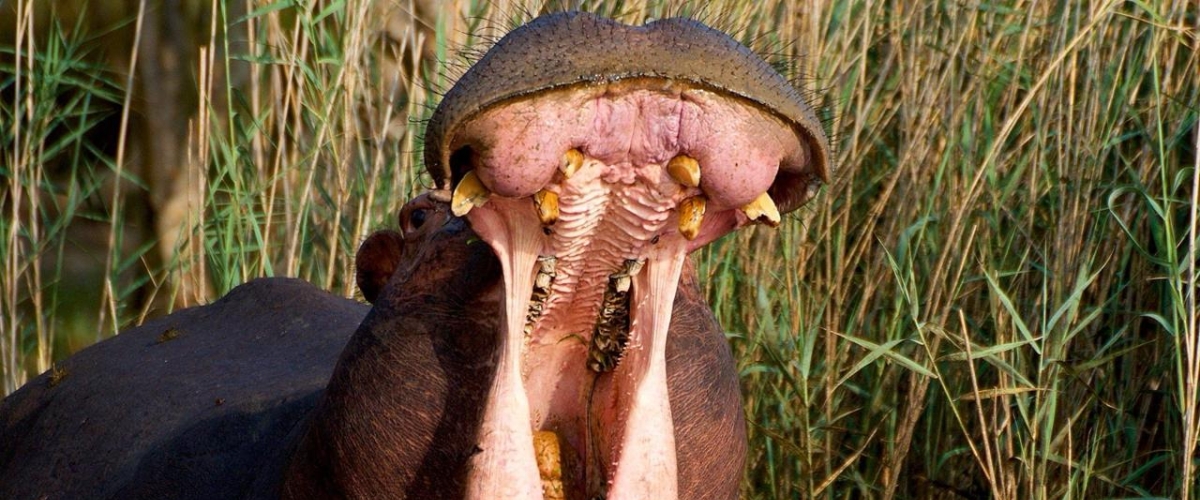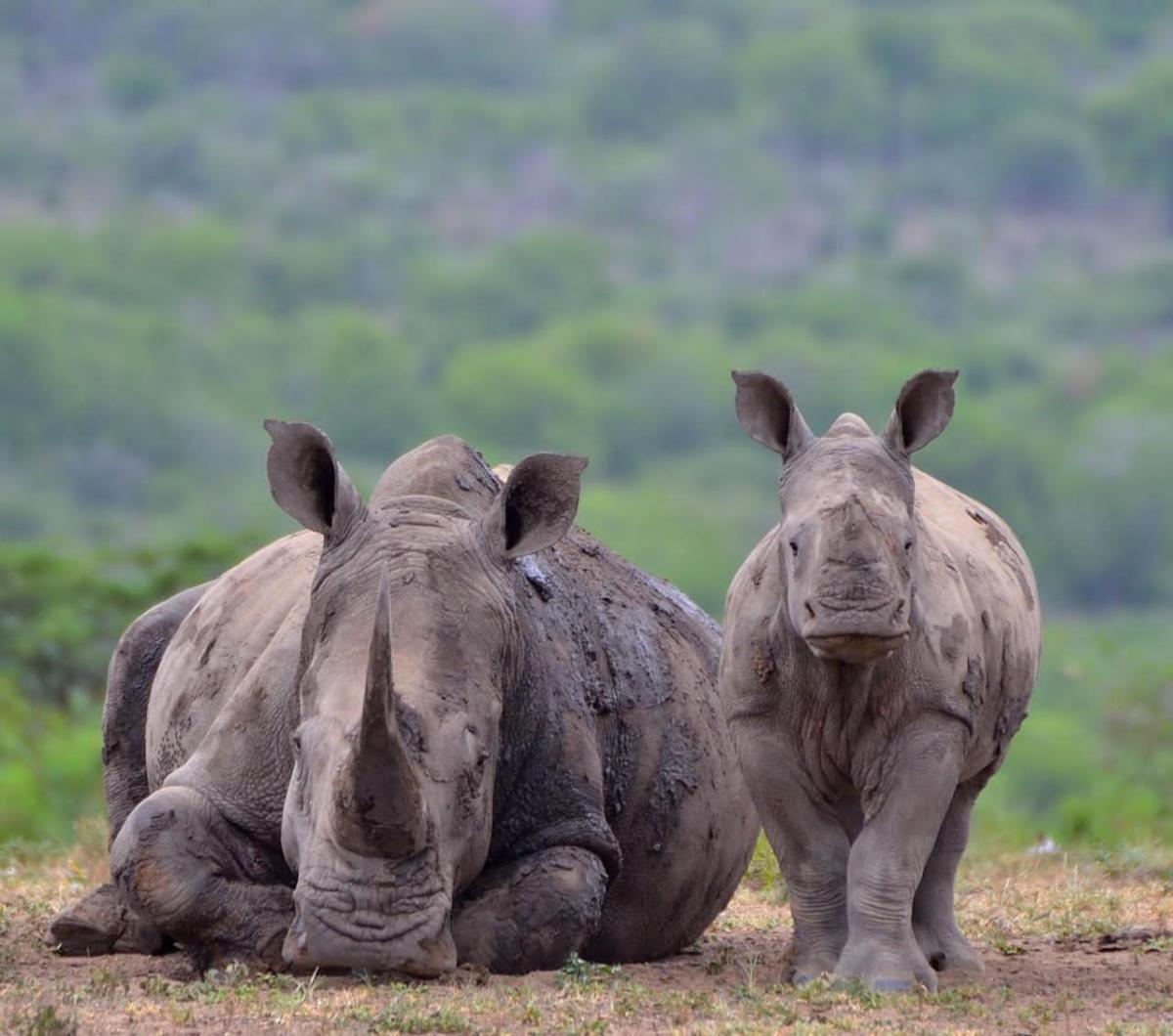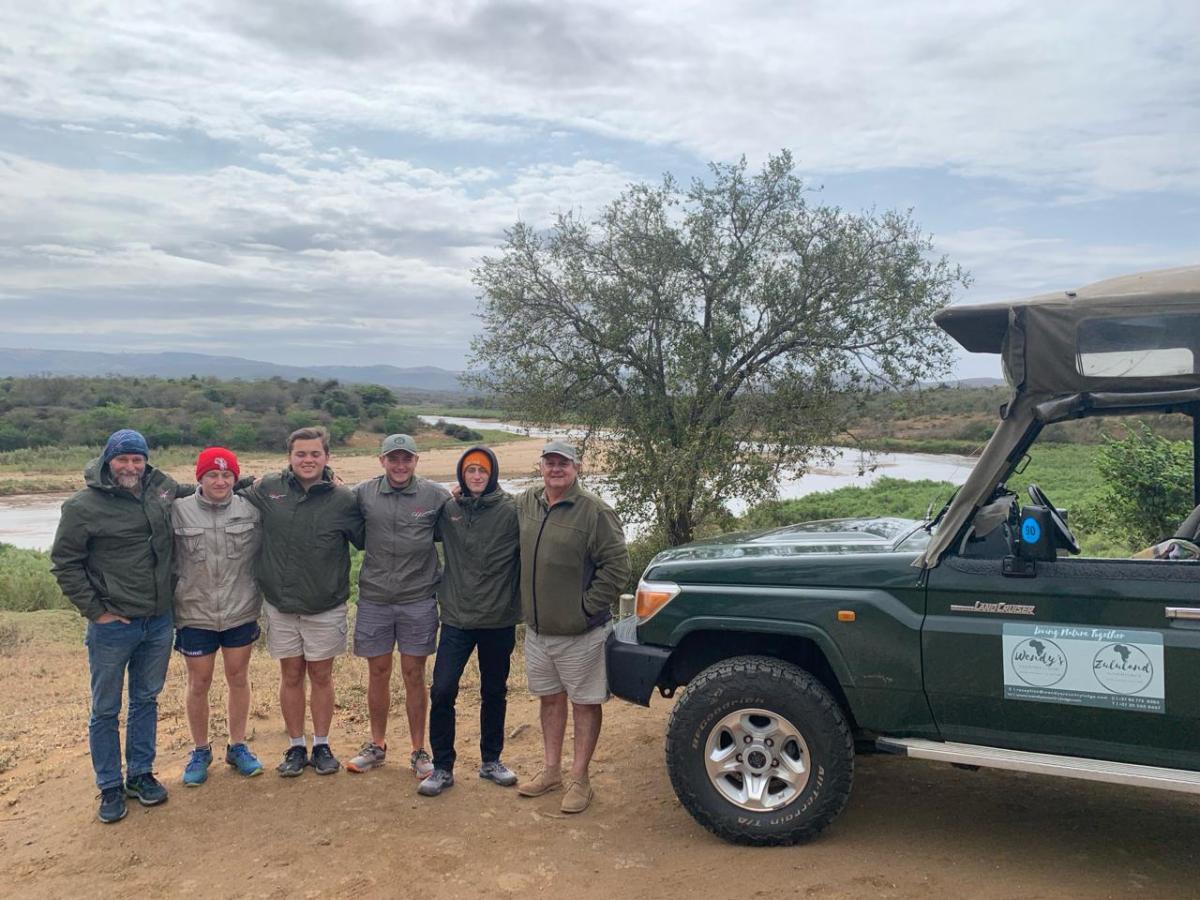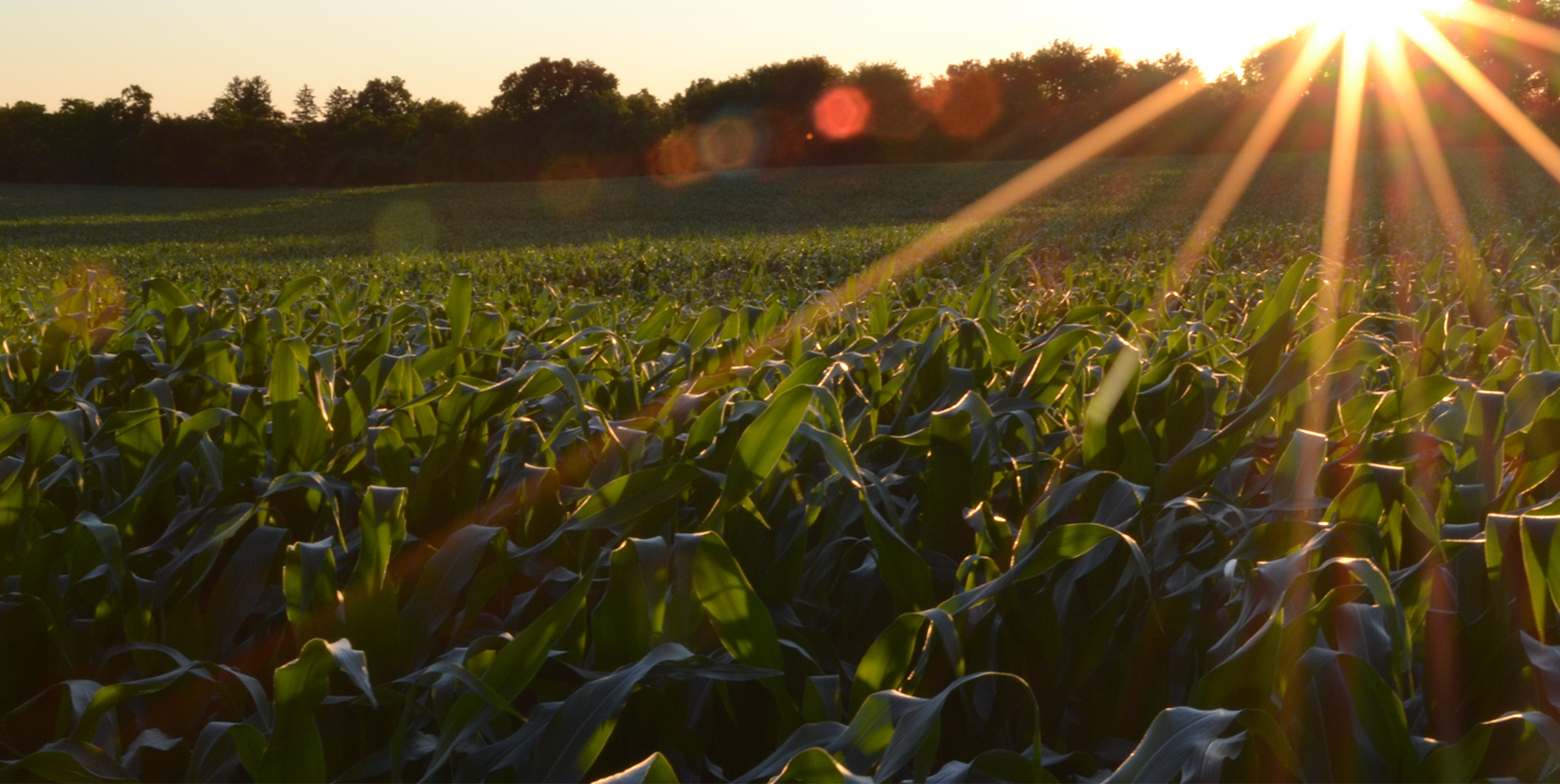
By Phumelele Mkhonta MBABANE, ESWATINI- “Invasive species are becoming a serious headache to wildlife.” This is the sentiment that environmentalists and national game park specialists in Eswatini and South Africa have expressed while sharing how wild animals and plants are increasingly becoming extinct due to climate change. According to the United Nations, climate change refers to long-term shifts in temperatures and weather patterns. The Southern African region has been seeing recurrent heat waves, which scorched fields dry, and storms, which have swept away infrastructure worth billions. In Eswatini only, the 2015-2016 El Nino and the 2021 Cyclone Eloise cost the country hundreds of millions and changed the traditional ecosystem. Speaking to an experienced Environmental Management Inspector (EMI), who spoke on condition of anonymity, the EMI said climate change was an incubator for invasive species- which were a horror to the normal livelihood of flora (plants) and fauna (animals). An invasive species is a non-native species whose introduction does or is likely to cause economic or environmental harm—or harm human, animal, and/or plant health. In his commentary, the EMI first said that before climate change started hitting hard, nature reserves or protected areas were doing very well in terms of biodiversity involving fauna and flora, where specialists knew that animals had enough food in the reserve. The environmentalist, who specializes in conservation areas, further said they used to predict the time for game animals to give birth, unlike in recent times. The EMI further indicated that they were experiencing a lot of alien and invasive species that were threatening biodiversity or other species, and there were chances that the next generation would not experience some of the indigenous species that were being experienced right now because of climate change. “Climate change is likely to cause shifts in the distribution of species and biomes and further threaten vulnerable species. This could potentially result in the disappearance of some species from particular national parks and a change in dominance from, for example, grassland to savannahs in terms of fauna and flora. “Most of our indigenous plants die or suffer because they compete with invasive species for water during recurrent heatwaves. The invasive species produce more seeds that can overwhelm an area after a while,” said the EMI.

Explaining the situation on the ground, he further said the population of game animals was decreasing on a daily basis because of the lack of rainfall that they were no longer received on time and the heatwaves which were caused by climate change.
The EMI further revealed that this was greatly impacting the tourism industry.
“Climate change has the potential to significantly impact the global tourism industry through changes in accessibility and comfort levels, as well as geographic or seasonal changes to attractions. For example, we know that in summer, it is hot at times, but nowadays, we are experiencing heatwaves in some of the areas that we were not experiencing before. Some tourist attraction areas are experiencing floods- and this was not the case in the past.”

The EMI said invasive species reduced biodiversity, which was essential for the functioning of ecosystems. Explaining this, he said invasive species altered and degraded the environment and had a negative effect on native plant and animal species. The environmental impacts of invasive species include reduced biodiversity, water shortages, increased frequency of wildfires, and flooding and pollution caused by the overuse of chemicals to control infestations.
“Invasive species affect agriculture, forestry, and fishing and can even damage buildings and infrastructure. This harms local and national economies and hinders sustainable economic growth. The economic impacts of invasive species include lower crop productivity, livestock harmed, soil quality degraded, decreased value of land or property, and higher cost of controlling pests, weeds, and diseases,” said the environmentalist.
Gavin Udal, a long-serving conservationist at Wendy’s Country Lodge at Hluhluwe iMfolozi Park in Kwa-Zulu Natal in South Africa, said their attempts to keep up with the time and prevent wildlife from being extinct were becoming futile each day. Worth noting is that Udal has more than 40 years of experience working with wildlife.
“Gone are the days when we enjoyed open grasslands with no invasive species and shrubs, where natural and indigenous plants were in abundance,” said Udal during an interview.
“About 12 years ago, I noticed alien plants, especially the Cycle Bush and Sweet Thorn. These have taken over grasslands and turned them into thick bushes, making it difficult for predators such as cheetahs to hunt effectively. The growth and spread are uncontainable in the current conditions. They are blooming early, with seeds spreading rapidly. They are hardy and can withstand drought and flooding,” said the conservationist.
When asked how animal behavior and population had been affected by climate change, Udal jumped in to say grazers (herbivores) such as White Rhinos, Impalas, Zebras, and Wildebeests, among others, were the worst hit as it was hard for them to find healthy grazing land—hence a decrease in population.
“This also impacts your predators, such as Cheetahs, who need open grasslands to hunt effectively. Invasive species make it almost impossible for them to hunt, hence a decrease in population.”
The author is a journalist at the Climate Environment News in Eswatini.





